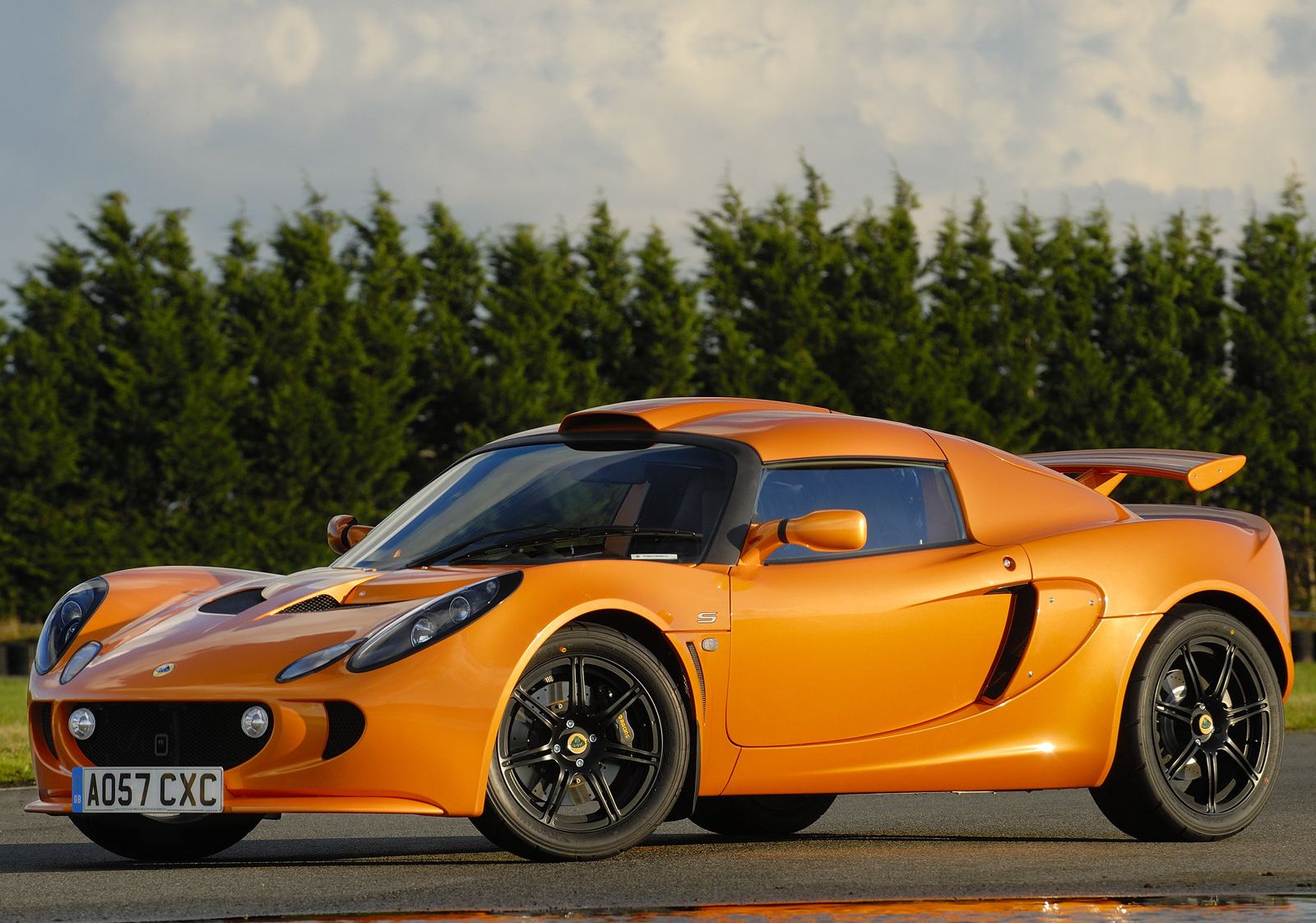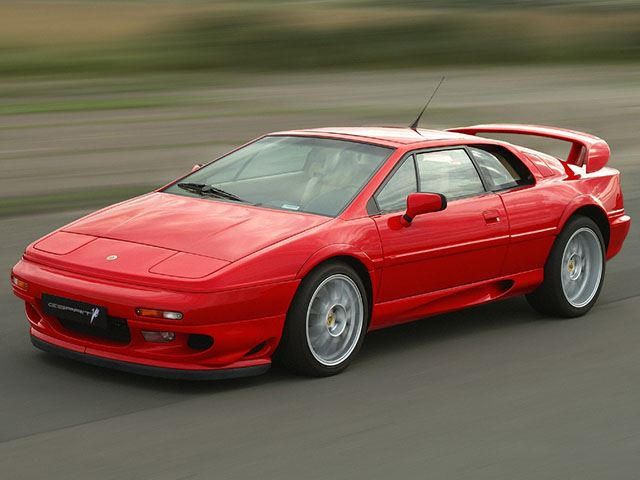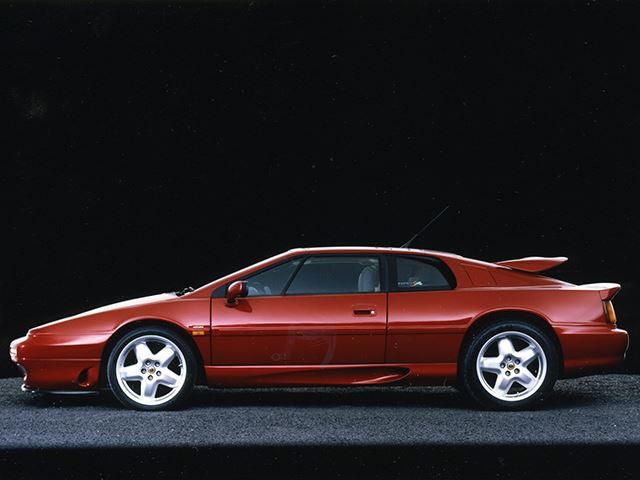
As stated in part three of our 'Lotus Esprit At 40' series, the Series 3 Esprit was still in production by 1987, and would still be produced until the early 1990s. So why, then, did we cut off the last article roughly halfway between the S3 generation of the iconic Lotus? For quite a simple reason, actually - even though it wasn't considered radical enough by its makers to justify the jump to the 'Series 4' designation, the refresh to the Esprit in 1987 was so comprehensive that the Series 3 from this point on was a far different beast to the car that preceded it.
Arguably the biggest and most obvious change to the Lotus Esprit in the 1987 model year was the styling. Though the proportions as penned by Giorgetto Guigaro in the early 1970s remained mostly intact, the redesign by Peter Stevens (who would later go on to shape the Jaguar XJR-15, MG XPower SV and McLaren F1) would usher in a distinct new look to the Esprit that would be retained until the model's eventual discontinuation. Out go the sharp, pointy cues from the prior models; in come all-new glasswork and more rounded body panels that, if not as visually pure as the simpler Esprit variants released prior, did endow the Lotus with a more muscular and curvy look that was appropriate for the styling conventions of the time.
A lot was going on under the skin, too. Though the chassis itself remained mostly unchanged, overall rigidity levels were boosted dramatically thanks to the use of Kevlar in the pillars and roof, and further tweaks to the cabin resulted in quite a few nice improvements (namely the noticeable increase in head room). Rounding out the mechanical overhauls brought about in the facelift was the swapping out of the gearbox. It was still a five-speed manual, but this time it was sourced from the Renault parts department instead of Citroen's or Maserati's. Other than that, everything else remained mostly the same from where the High Compression Esprits left off - so buyers had the choice of a naturally aspirated 172-hp or turbocharged 215-hp engine.
As we've seen in these Lotus Esprit retrospectives, however, nothing stays still and constant in the Esprit timeline for long, and 1989 would see Lotus finally employ direct injection to the Turbo Esprit via the new 'SE' model. Unsurprisingly, the system gave the halo Esprit model a real boost in performance - up to 280-hp was available, with such poke allowing the forced-induction flagship to reach 0-60 mph in just 4.7 seconds and storm beyond the 160 mph barrier. Yes, those figures aren't jaw-dropping by today's standards, but that was seriously brisk pace for the period (remember, the fastest road cars in the world had only just breached the 170 mph barrier a decade earlier). From now on, no one could dispute the Esprit's supercar credentials.
In a move that would mark a trend for the Esprit in its later years, Lotus would soon be ratcheting out myriad of iterations and revisions to the Esprit. The Italian market would get a turbocharged 2.0-liter engine to comply with the same stringent tax laws that gave us the awful Ferrari 208, at roughly the same time Lotus whittled down the engine line-up in the rest of the world to the turbocharged motor as found in the Esprit SE. But the 280-hp Esprit wouldn't be the most powerful Lotus for long - to commemorate the Esprit's successes in the IMSA series, Lotus would unleash a 300-hp X180R model onto the world, complete with sticky tires, vented disc brakes, a 300-lb weight reduction and - unsurprisingly - the title of 'the world's fastest four-cylinder Esprit'.
Perhaps the unintended consequence of the X180R (along with the less raucous, but still extremely brisk 'High Wing' model from 1992) was that it was a fitting, no-holds-barred swansong for the Series 3 Lotus Esprit. In spite of all those revisions made to the car in the Peter Stevens-sketched facelift, the Esprit would once again be given a makeover. This one, however, would be the last incarnation of the Lotus Esprit we'd ever see - an era that, thankfully, would also see the arrival of some of the greatest ever Esprit variants.


